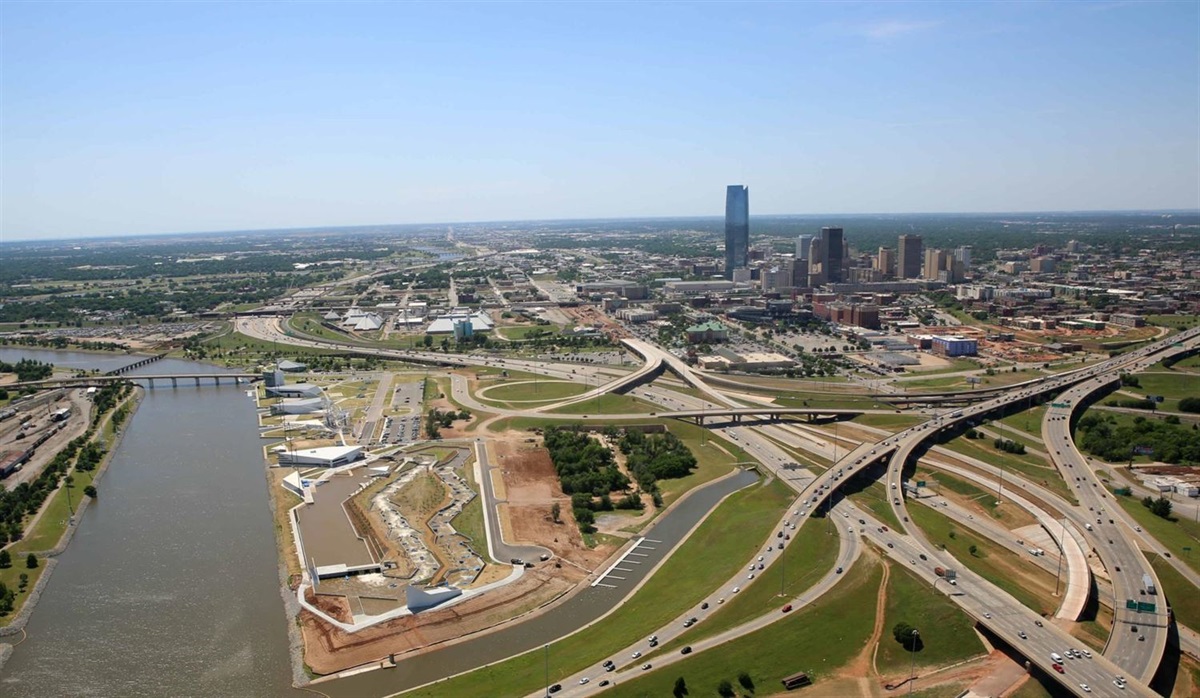Oklahoma City Council’s Mission and Vision Aligned with Sustainable Development Goals

Introduction
In 2017, the Oklahoma City Council approved a new Mission and Vision statement that emphasizes the city’s commitment to sustainable development and community well-being. These guiding principles reflect the city’s dedication to advancing the United Nations Sustainable Development Goals (SDGs) through public service, safety, infrastructure, and inclusivity.
Mission Statement
The mission of Oklahoma City is to provide exceptional service to residents and visitors by focusing on:
- Ensuring public safety (SDG 3: Good Health and Well-being; SDG 11: Sustainable Cities and Communities)
- Delivering quality services (SDG 9: Industry, Innovation, and Infrastructure; SDG 16: Peace, Justice, and Strong Institutions)
- Maintaining infrastructure to support city growth (SDG 9: Industry, Innovation, and Infrastructure; SDG 11: Sustainable Cities and Communities)
Vision Statement
The vision of Oklahoma City aims to foster a community that is:
- Vibrant and diverse (SDG 10: Reduced Inequalities; SDG 5: Gender Equality)
- Safe and unified (SDG 16: Peace, Justice, and Strong Institutions)
- Welcoming to all residents and visitors (SDG 11: Sustainable Cities and Communities; SDG 17: Partnerships for the Goals)
Alignment with Sustainable Development Goals
The City of Oklahoma City’s mission and vision align with multiple SDGs, demonstrating a comprehensive approach to sustainable urban development:
- SDG 3: By ensuring public safety, the city promotes health and well-being for all citizens.
- SDG 5 and 10: Emphasizing diversity and inclusivity supports gender equality and reduces inequalities.
- SDG 9 and 11: Maintaining quality infrastructure and services fosters sustainable cities and resilient infrastructure.
- SDG 16: Commitment to safety and unity strengthens peace, justice, and strong institutions.
- SDG 17: Welcoming community initiatives encourage partnerships and collaboration to achieve sustainable development.
Conclusion
The Oklahoma City Council’s 2017 Mission and Vision statements serve as a strategic framework that integrates the principles of the Sustainable Development Goals. This alignment ensures that the city’s growth and development are inclusive, safe, and sustainable, benefiting current and future generations.
1. Sustainable Development Goals (SDGs) Addressed or Connected
- SDG 11: Sustainable Cities and Communities
- The article emphasizes maintaining infrastructure to support city growth and ensuring public safety, which aligns with SDG 11’s focus on making cities inclusive, safe, resilient, and sustainable.
- SDG 16: Peace, Justice, and Strong Institutions
- The mission to ensure public safety and provide exceptional service relates to SDG 16’s aim to promote peaceful and inclusive societies and provide access to justice and effective institutions.
- SDG 9: Industry, Innovation, and Infrastructure
- The focus on maintaining infrastructure to support growth connects with SDG 9’s goal to build resilient infrastructure and foster innovation.
2. Specific Targets Under Those SDGs
- SDG 11 Targets
- Target 11.1: Ensure access for all to adequate, safe and affordable housing and basic services.
- Target 11.2: Provide access to safe, affordable, accessible and sustainable transport systems for all.
- Target 11.3: Enhance inclusive and sustainable urbanization and capacity for participatory planning.
- Target 11.6: Reduce the adverse per capita environmental impact of cities, including by paying special attention to air quality and waste management.
- SDG 16 Targets
- Target 16.1: Significantly reduce all forms of violence and related death rates everywhere.
- Target 16.6: Develop effective, accountable and transparent institutions at all levels.
- SDG 9 Targets
- Target 9.1: Develop quality, reliable, sustainable and resilient infrastructure.
- Target 9.c: Significantly increase access to information and communications technology and strive to provide universal and affordable access to the Internet.
3. Indicators Mentioned or Implied to Measure Progress
- Indicators for SDG 11
- Proportion of urban population living in slums, informal settlements or inadequate housing (implied by focus on infrastructure and city growth).
- Proportion of the population that has convenient access to public transport (implied by ensuring quality services and infrastructure).
- Air quality levels and waste management effectiveness (implied by maintaining infrastructure and safety).
- Indicators for SDG 16
- Number of victims of intentional homicide per 100,000 population (implied by ensuring public safety).
- Proportion of population who feel safe walking alone in the area they live (implied by the vision of a safe and unified community).
- Existence and effectiveness of public service institutions (implied by delivering quality services).
- Indicators for SDG 9
- Proportion of the rural population who live within 2 km of an all-season road (implied by infrastructure maintenance).
- Quality of infrastructure index (implied by maintaining infrastructure to support growth).
4. Table of SDGs, Targets, and Indicators
| SDGs | Targets | Indicators |
|---|---|---|
| SDG 11: Sustainable Cities and Communities |
|
|
| SDG 16: Peace, Justice, and Strong Institutions |
|
|
| SDG 9: Industry, Innovation, and Infrastructure |
|
|
Source: okc.gov






